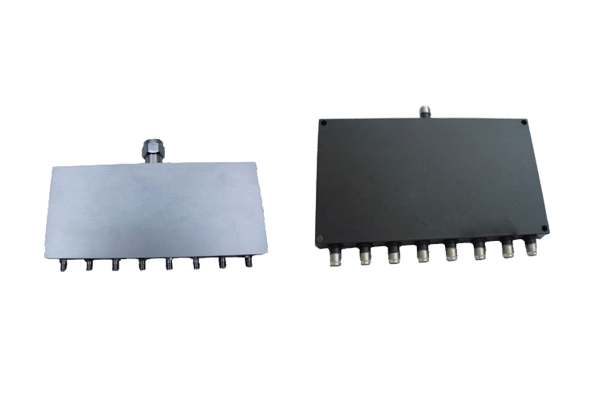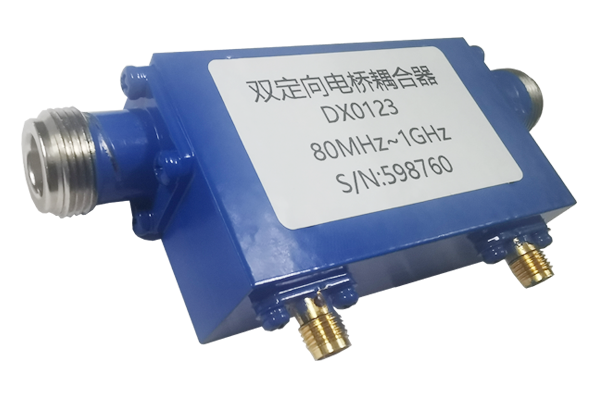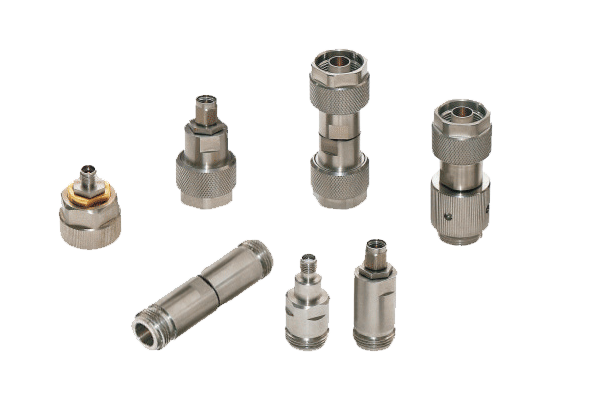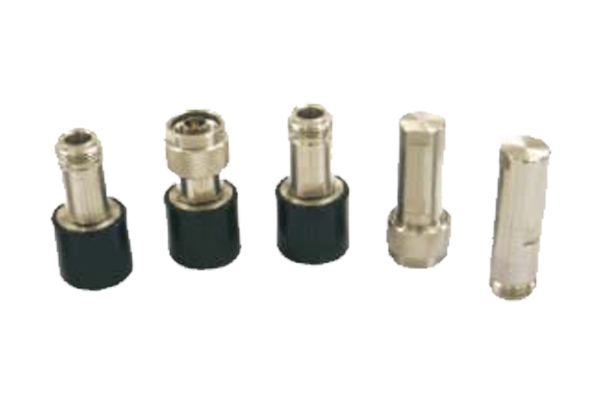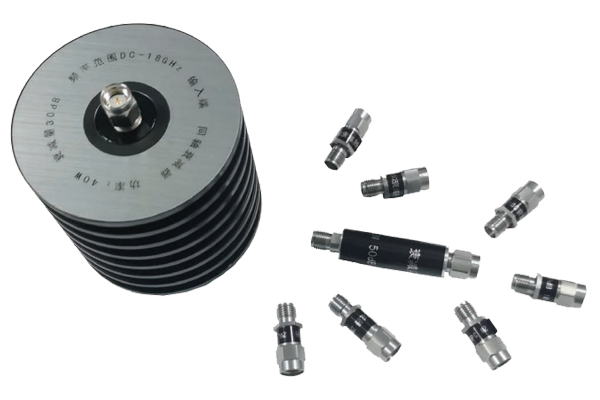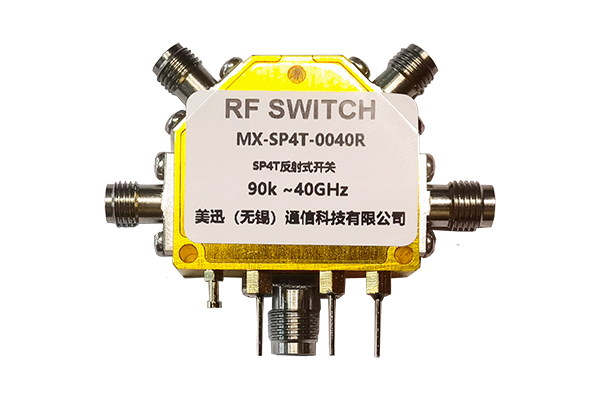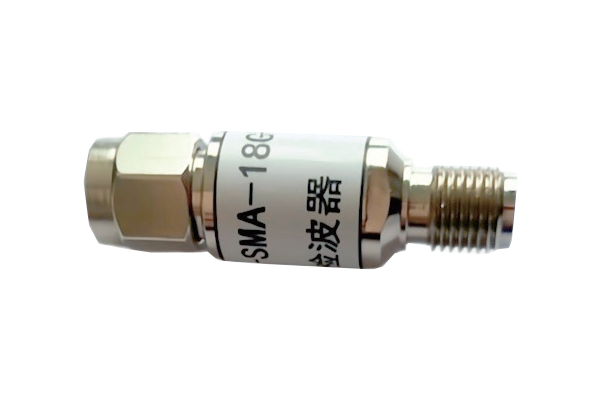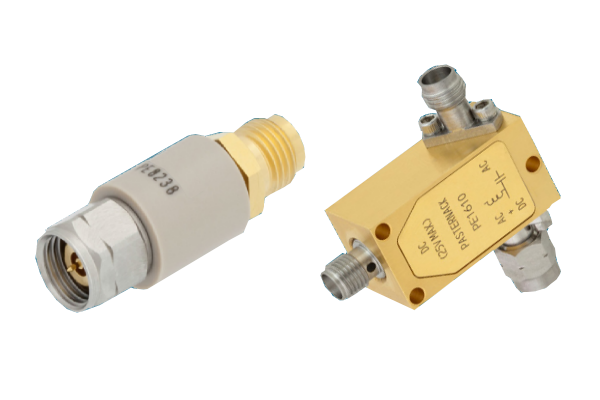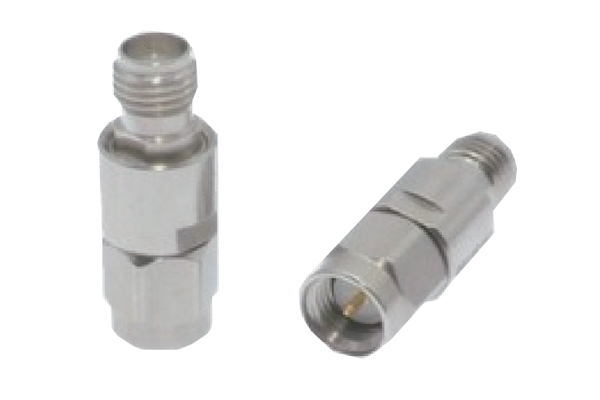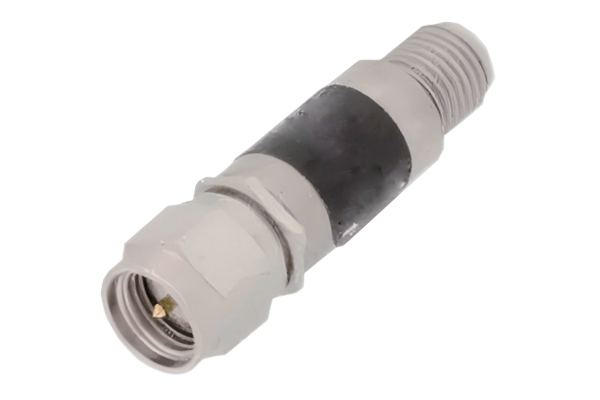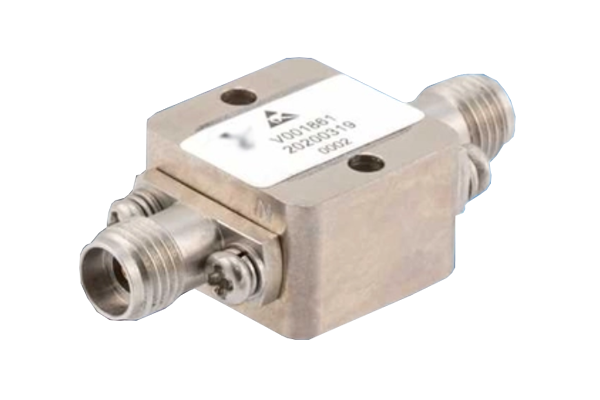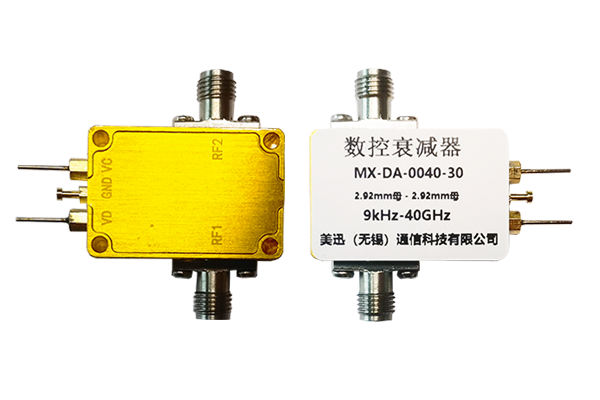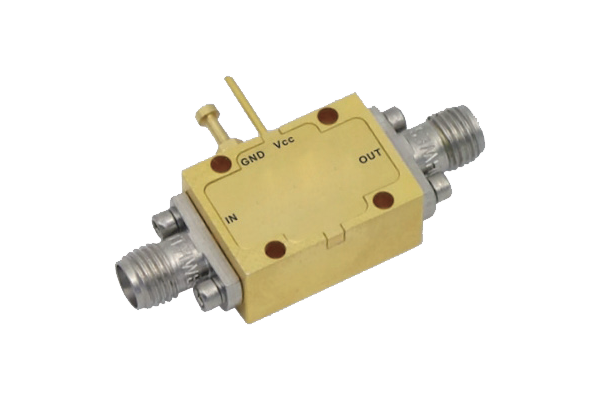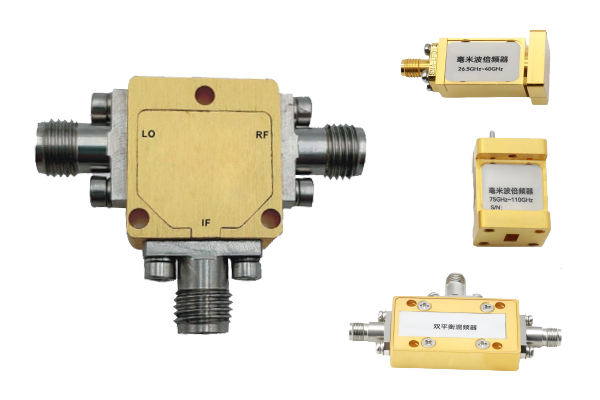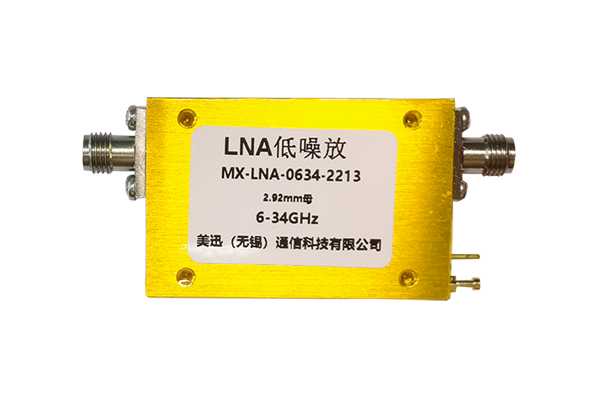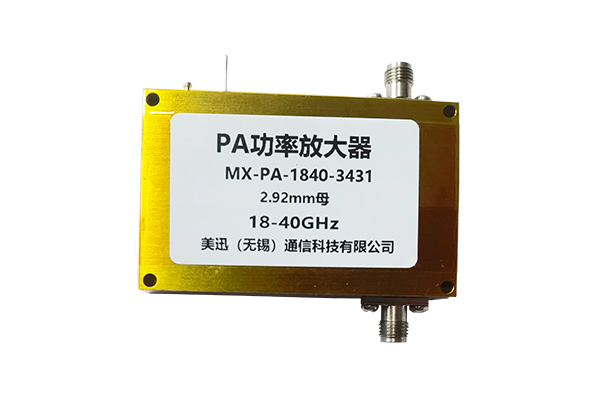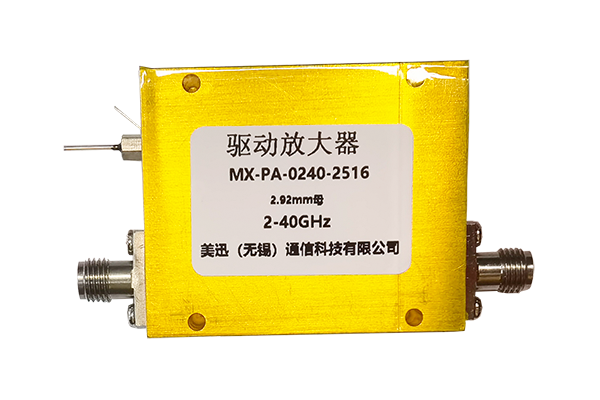What impact does the insertion loss of a directional coupler have on the system
Insertion Loss in Directional Couplers
Insertion loss, the power reduction as a signal passes through the coupler, significantly influences system performance across various applications. This loss, typically measured in decibels (dB), arises from energy dissipation in the coupler's structure and intentional coupling to auxiliary ports.
Impact on RF and Microwave Systems
In RF and microwave systems, excessive insertion loss weakens the main signal, reducing power efficiency. For transmitters, this means more energy is wasted as heat, requiring higher input power to maintain desired output levels—increasing operational costs and straining power amplifiers.
Key effects on receiver chains:
- Signal degradation lowers signal-to-noise ratios (SNR)
- Impaired sensitivity in data reception
- Particularly problematic in low-power or long-distance communication links
Measurement Accuracy Challenges
Directional couplers often monitor signal levels for power control or diagnostics. High insertion loss distorts these measurements, leading to inaccurate readings that compromise system regulation.
System Impact Examples:
Radar Systems • 5G Base Stations • Satellite Communications
Specific consequences include:
- Reduced target detection range in radar systems
- Disrupted adaptive power adjustments in 5G networks
- Compromised measurement precision in test equipment
System Design Considerations
System design must account for insertion loss when cascading components. Cumulative losses across multiple couplers and filters can degrade overall performance, necessitating careful selection of components with appropriate loss specifications.
Design trade-offs to consider:
- Balancing insertion loss with directivity
- Prioritizing low loss in power-constrained systems
- Accepting slightly higher loss for better measurement accuracy
- Accounting for temperature variations and frequency dependencies
Ultimately, managing insertion loss ensures optimal system efficiency, reliability, and performance. Engineers must carefully evaluate coupler specifications to match application requirements, considering both immediate and cascaded effects throughout the signal chain.





